Homeostasis In Muscular System
Homeostasis in muscular system. Continuously to stay at or near the set point homeostasis can be thought of as a synthetic equilibrium. Unlike other organ systems the muscular system is divided into different types of tissues which are incorporated into various organs in the body. All the systems of the body work closely together to maintain homeostasis the dynamic balance of internal conditions which the body works constantly to preserve.
Muscular System Vocabulary. A sensor also known as a receptor is a component of a feedback system that monitors a physiological value. Homeostasis in the Muscular System.
Homeostasis is defined as a constant steady environment despite external changes such as exercise. Your cardiovascular system is in charge of delivering blood and nutrients to your working muscles and keeping your body temperature within a normal range. The idea that a pill could improve mental and physical performance in healthy people was devised during World War II with various stimulants given to pilots and members of submarine crews 123456For instance the first studies on the stimulating and tonic effects of Schisandra chinensis were published in Soviet Union WWII military journals 56.
The skin is only a few millimeters thick yet is by far the largest organ in the body. The circulatory system is most closely tied in with the respiratory system but it also interacts with various system to help provide homeostasis to the organism. All the systems will work together to try to create what is known as homeostasis or a state of balance within the body.
An easy example to explain homeostasis of the skeletal muscle is when you are cold you start to shiver. This heat is very noticeable during exercise when sustained muscle movement causes body temperature to rise and in cases of extreme cold when shivering produces random skeletal muscle contractions to generate heat. The lymphatic system works with the capillaries in the cardiovascular system to remove excess fluid which can build up and cause edema and swelling.
112 Explain the organization of muscle fascicles and their role in generating force. Normal childbirth is driven by a positive feedback loop. Together with the endocrine system the nervous system is responsible for regulating and maintaining homeostasisThrough its receptors the nervous system keeps us in touch with our.
When the body overheats the blood vessels that serve the skin dilate. In the muscular system hormones adjust muscle metabolism energy production and growth.
Heat from the blood radiates off of the skins surface cooling the body.
Generally the body is in homeostasis when its needs are met and its functioning properly. The lymphatics are also a critical part of the immune system and immune response. Muscular System Vocabulary. 112 Explain the organization of muscle fascicles and their role in generating force. All the systems will work together to try to create what is known as homeostasis or a state of balance within the body. In the muscular system hormones adjust muscle metabolism energy production and growth. The extreme muscular work of labor and delivery are the result of a positive feedback system Figure 133. Skeletal muscles contribute to the maintenance of homeostasis in the body by generating heat. The makeup of blood is regulated in a couple ways.
Skeletal muscles contribute to maintaining temperature homeostasis in the body by generating heat. The most important endocrine effect of 125OH 2 D in the kidney is a tight control of its own homeostasis through simultaneous suppression of 1α-hydroxylase and stimulation of 24-hydroxylase. When the body overheats the blood vessels that serve the skin dilate. The muscular system is comprised of three types of muscular tissue which are skeletal tissue cardiac tissue and smooth tissue. The makeup of blood is regulated in a couple ways. Your muscles generate heat. Together with the endocrine system the nervous system is responsible for regulating and maintaining homeostasisThrough its receptors the nervous system keeps us in touch with our.
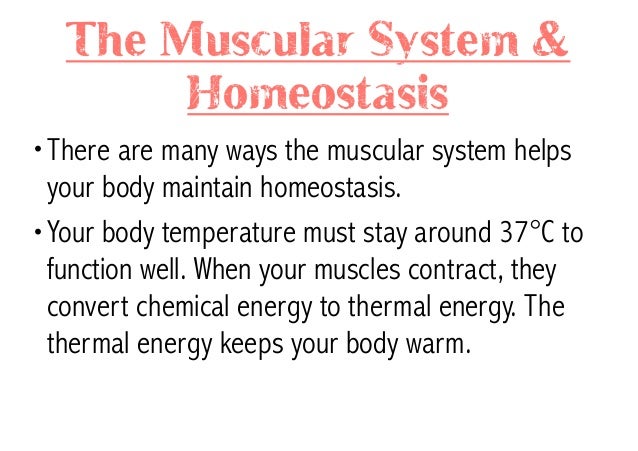

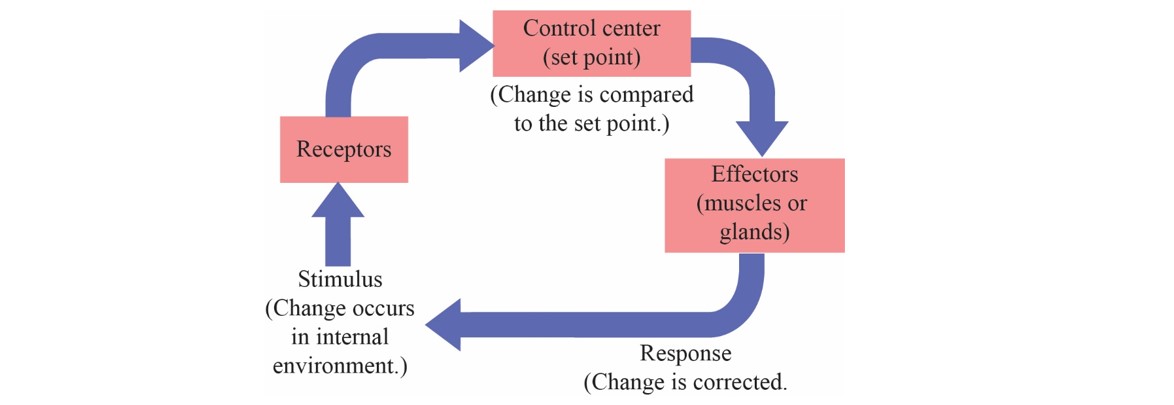
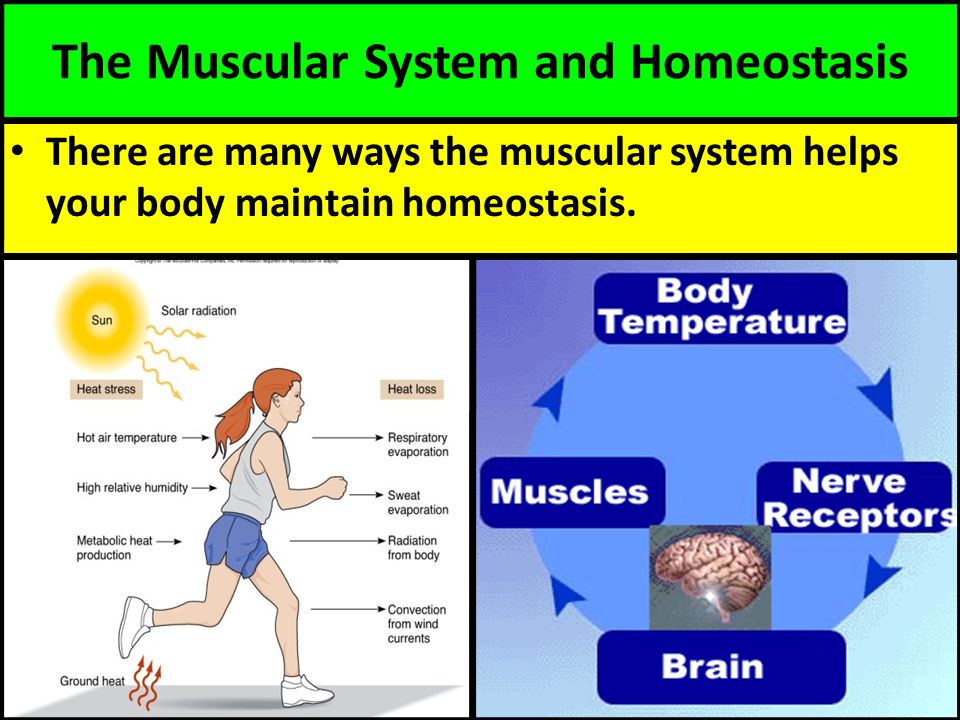


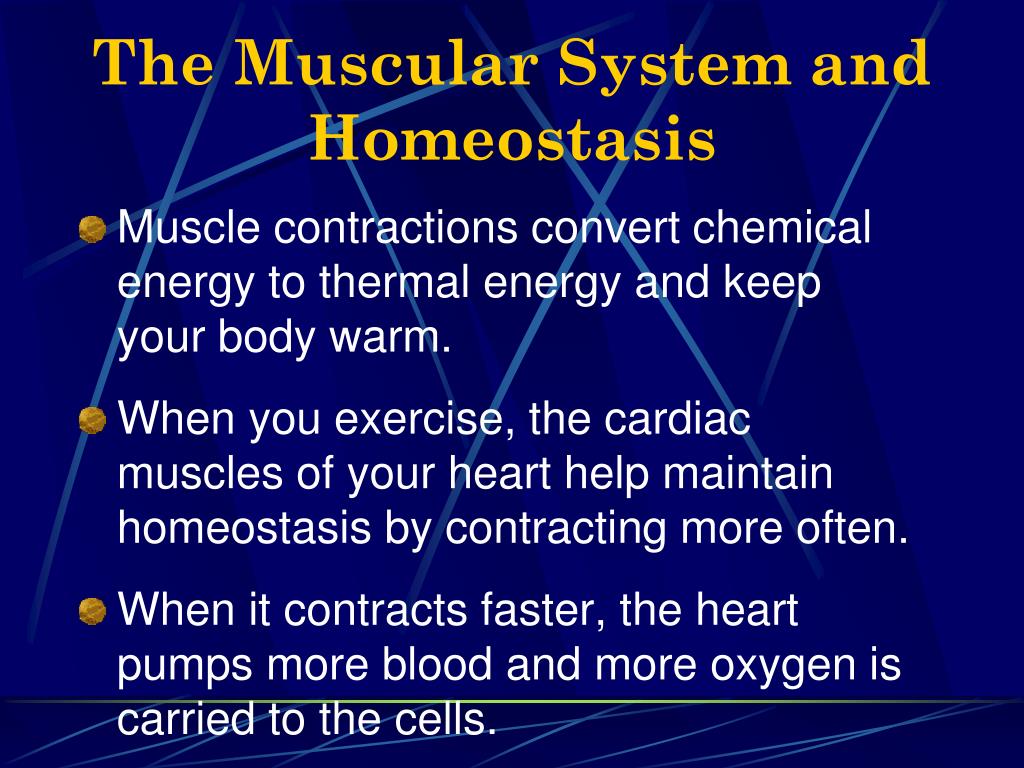
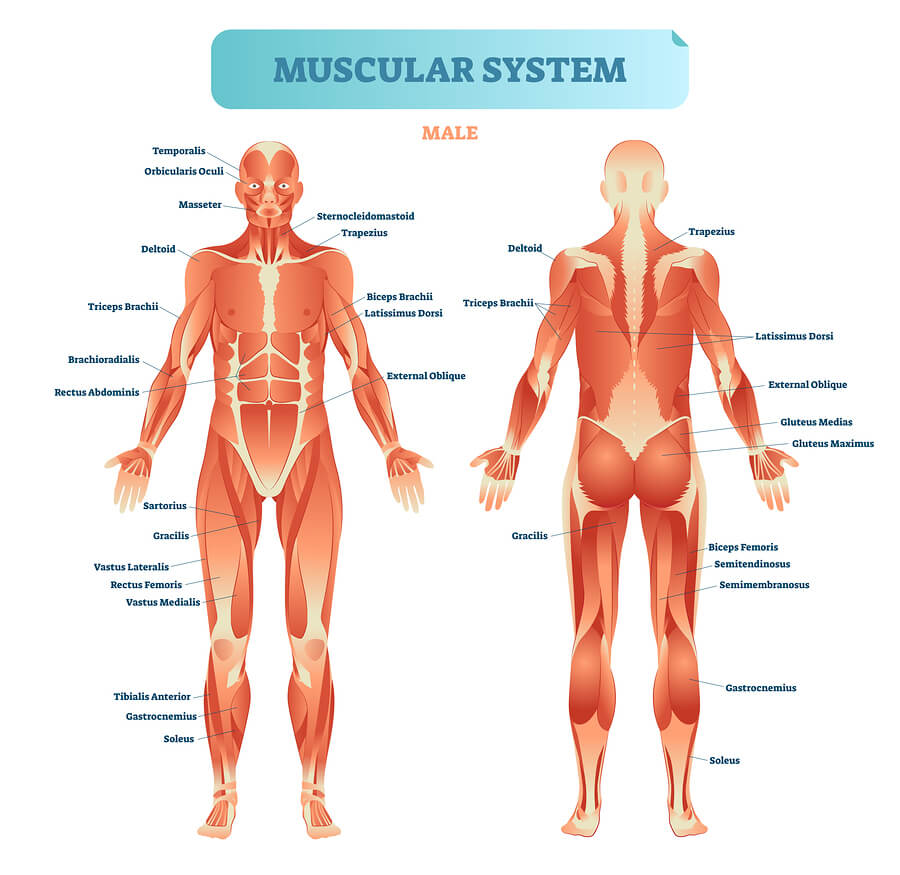


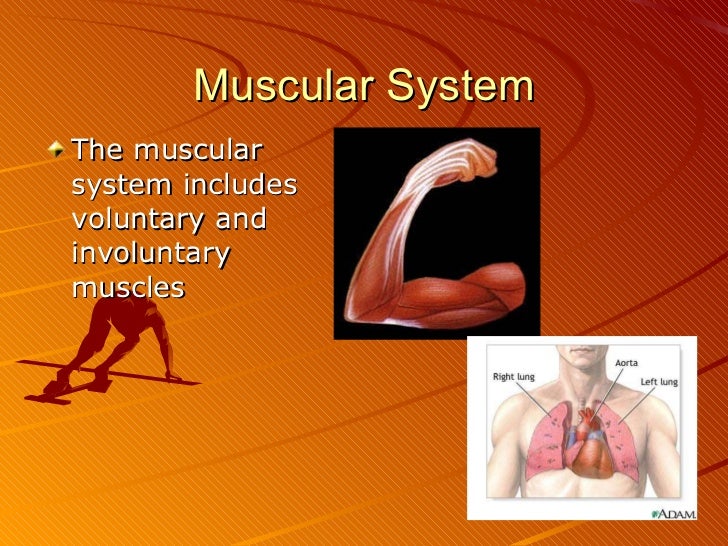


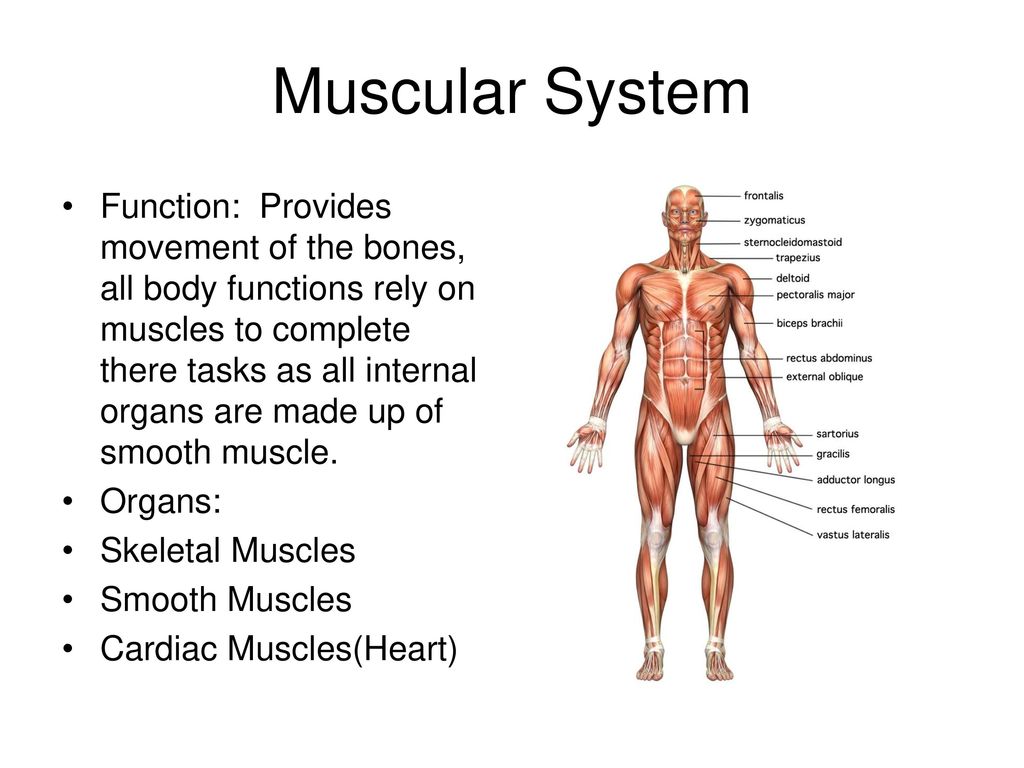
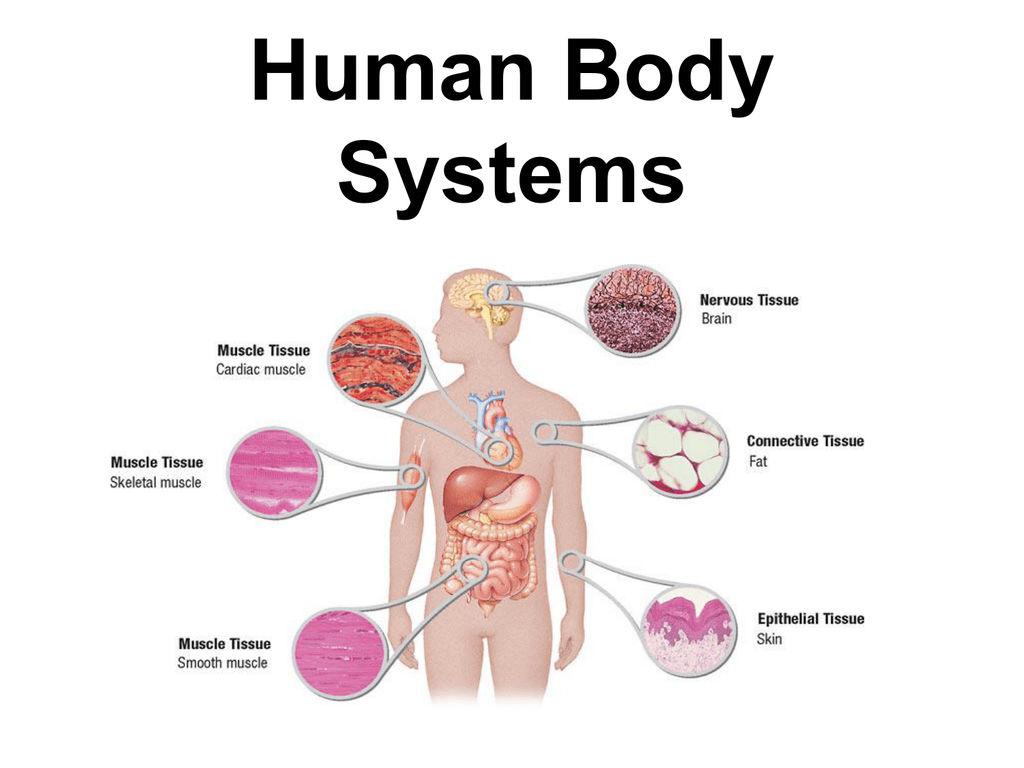

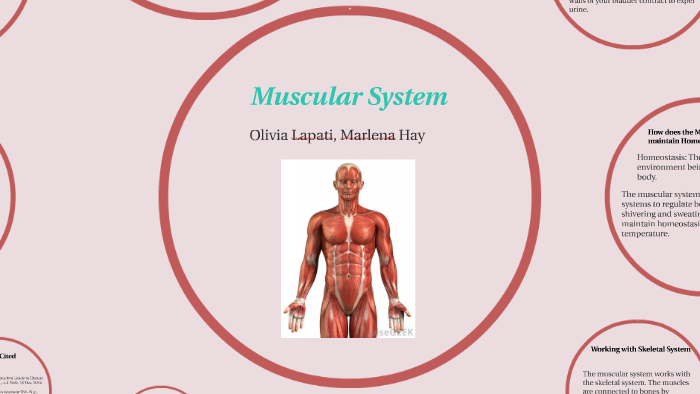



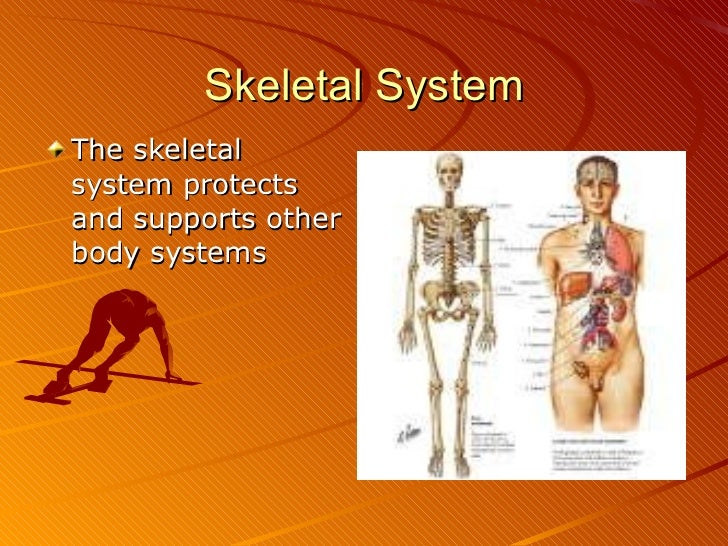
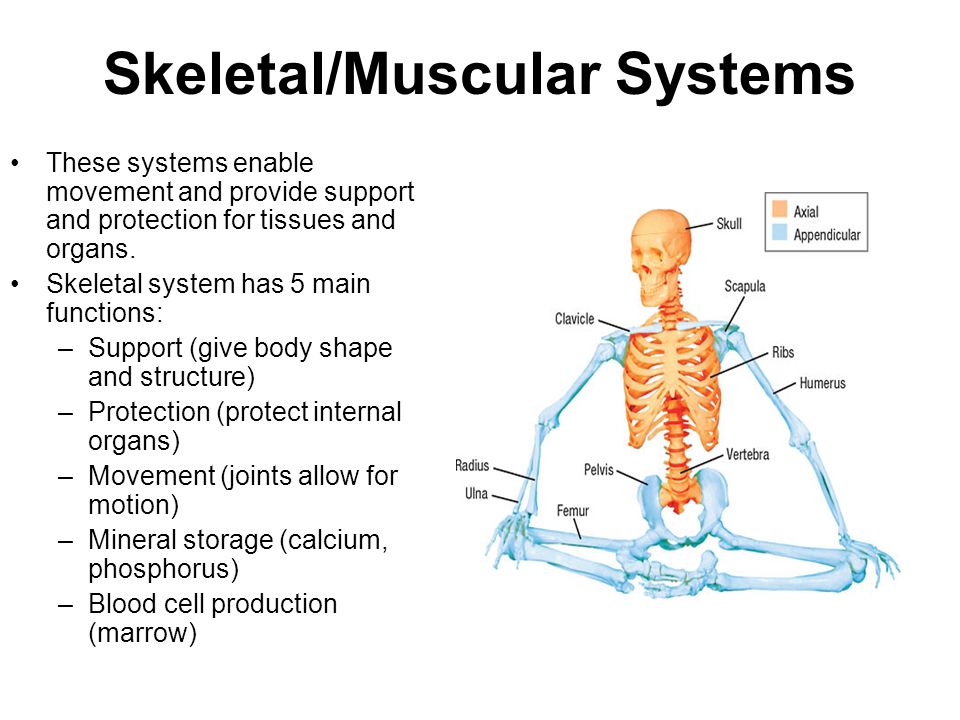


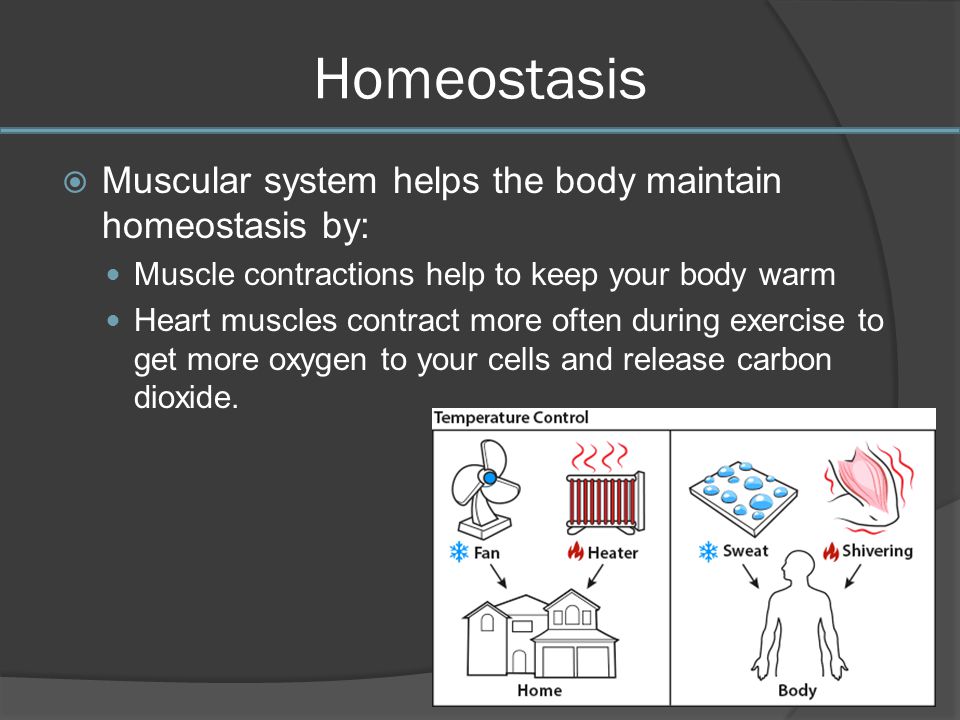
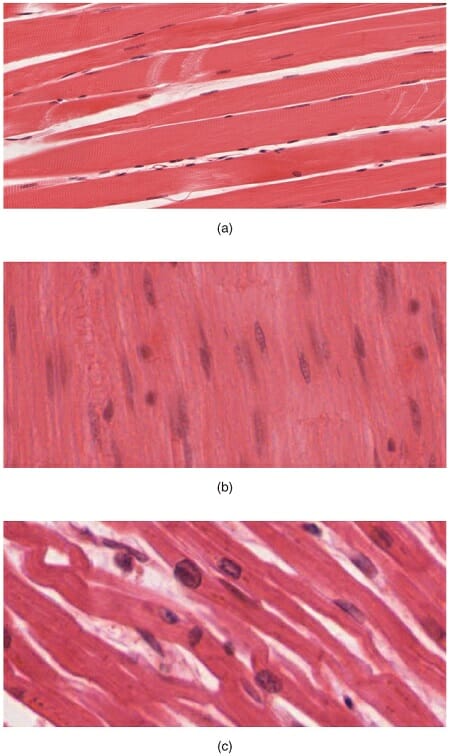


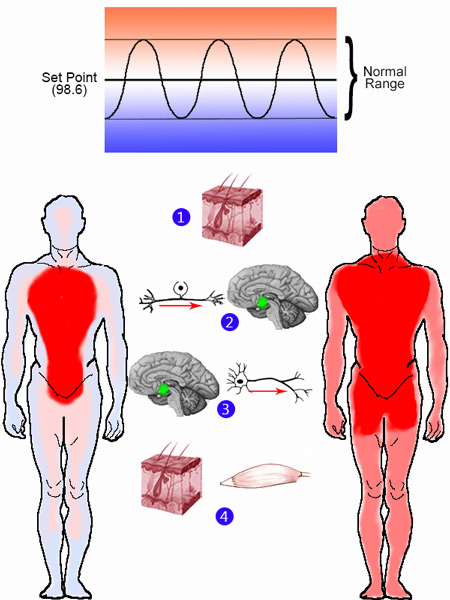
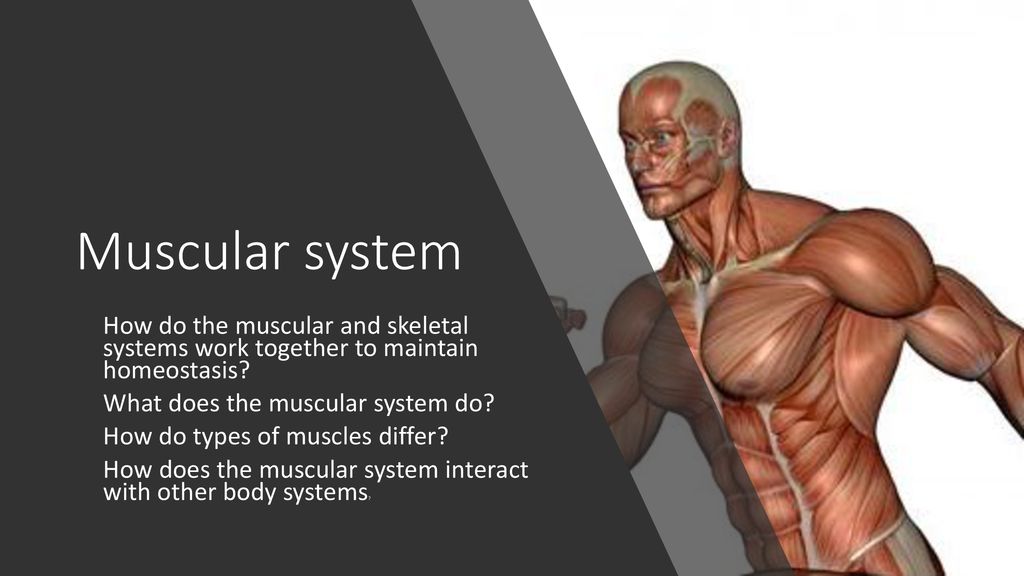

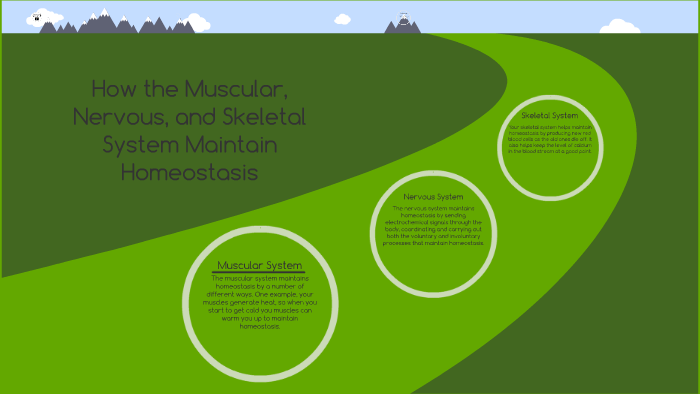
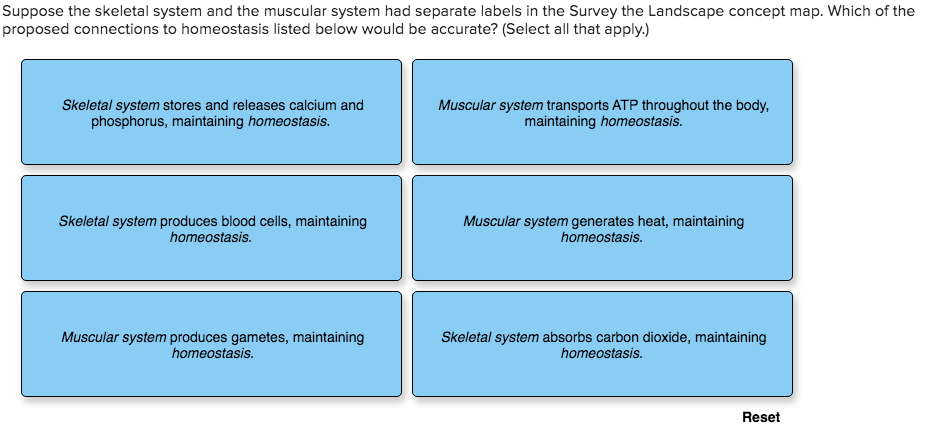
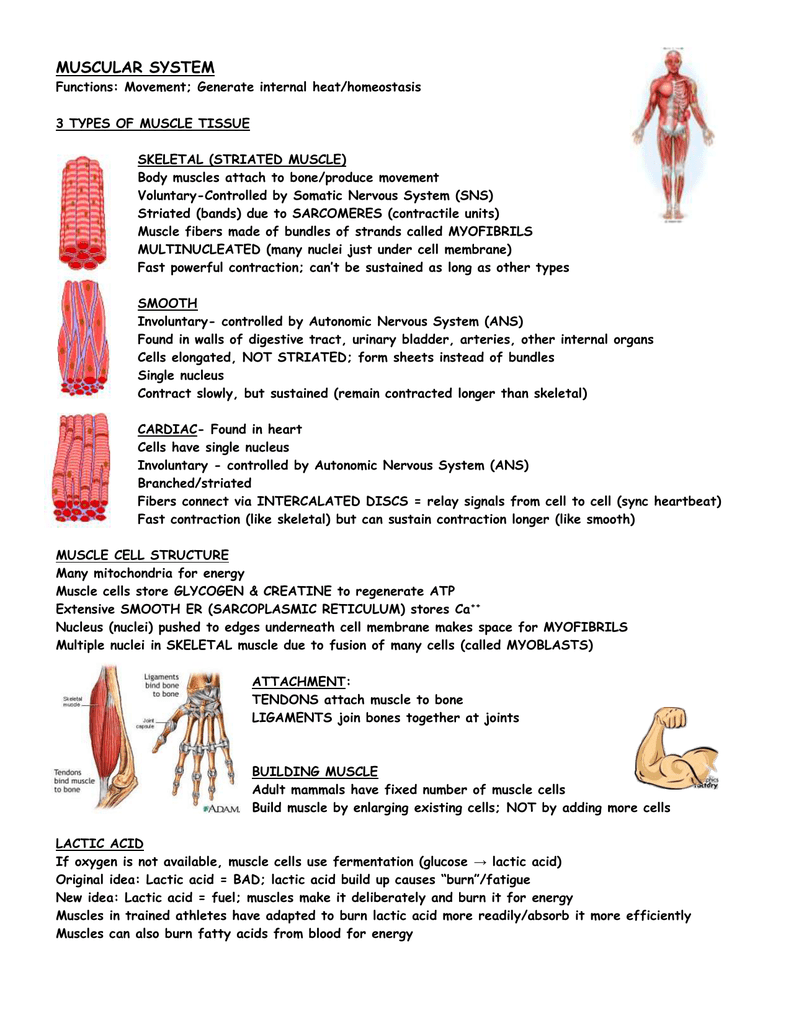

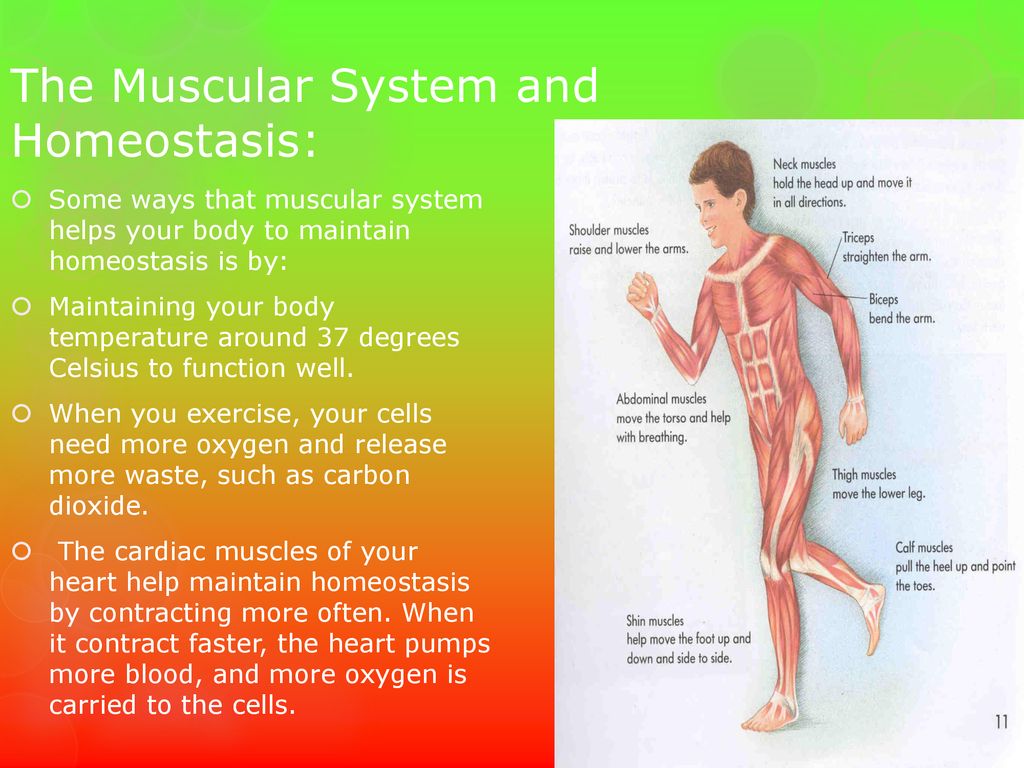



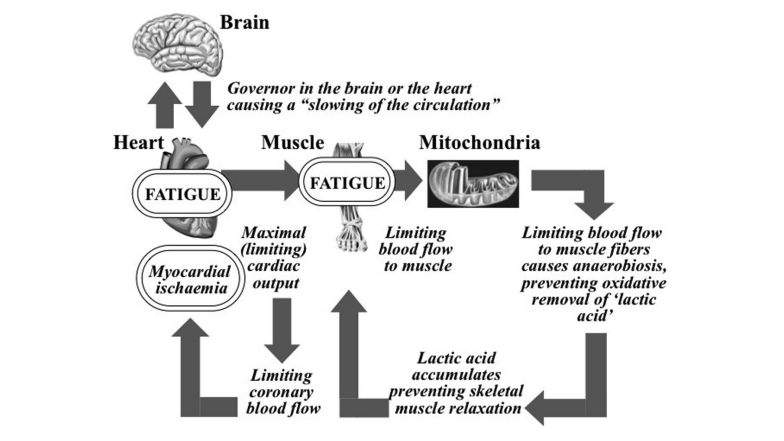

Post a Comment for "Homeostasis In Muscular System"